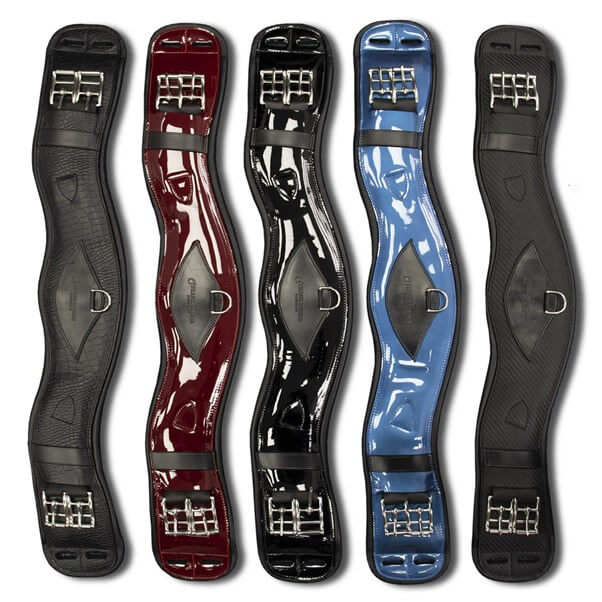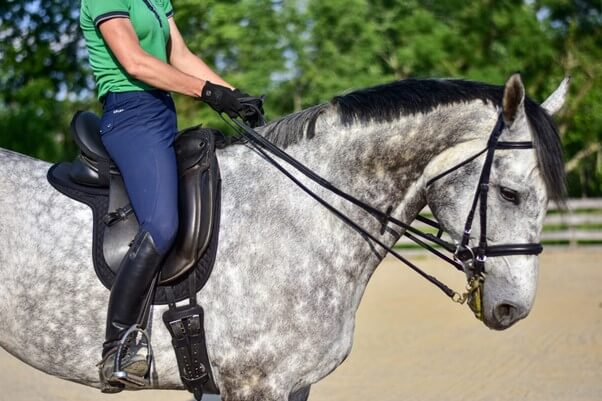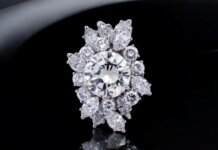Introduction
One of the critical components of a well-appointed equine wardrobe is the girth. Often underestimated, this belt-like apparatus plays an integral role in linking the horse and rider together, bringing about balance, stability, and, most importantly, comfort. However, choosing the right girth, specifically a dressage girth, requires a keen understanding of several elements – comfort, material, size, and style. Making an uninformed choice could not only compromise your horse’s performance but also end up having severe implications on their overall well-being. Thus, harnessing a sustainable relationship with your horse mandates making a judicious selection when it comes to dressage girths.
The Anatomy of a Dressage Girth
Casting the spotlight on the design first, a dressage girth is typically short, with an overarching objective to minimize the hardware under the rider’s leg, allowing for better contact with the horse. It utilizes long billets that hang from the saddle to buckle near the horse’s elbow. The materials used in crafting a dressage girth differ widely, ranging from traditional leather to synthetic and fleece-lined options. On one hand, we have the timeless elegance and lasting durability of leather, which offers excellent breathability for the horse. On the other hand, lighter, easy-to-clean synthetic options and comforting fleece-lined models are also becoming very appealing alternatives. The choice between these materials largely depends on a rider’s personal preference, horse’s comfort, and the kind of care regime they can commit to.

Understanding Your Horse’s Comfort
Riding equines is an art that demands empathy. Horses cannot verbalize their discomfort, so having the ability to interpret nonverbal cues is critical. An incorrectly chosen or ill-fitted girth can cause your horse significant discomfort or, worse, lead to injuries. Discomfort can manifest in the form of chafing, soreness, or even behavioral changes such as increased agitation, unwillingness to run, or unpredictable nipping. It is, therefore, indispensable to pay attention to your horse’s behavior during attaching, adjusting, and post the use of the girth. Enhanced awareness and repeated checks can go a long way in ensuring your horse is comfortable and performing optimally.
Measuring Your Horse for A Perfect Fit
The adage ‘Measure twice, cut once’ resonates strongly when selecting the perfect dressage girth. Begin by standing your horse square. Measure from the center of your horse’s sternum, lift the measuring tape up and across the horse’s body, encompassing the area where the girth would rest, then down to the same spot on the other side. This measurement equals the length of girth your horse requires. However, this is only a starting point. Avoiding common fitting faults like tight cinching or choosing a too-long girth that interferes with the horse’s elbow movement, is equally paramount. Always remember, girth fitting is not an exact science; it varies based upon the individual horse’s build, the rider’s saddle type, and general comfort preferences.
Selecting the Right Dressage Girth: Factors to Consider
The process of selecting the right dressage girth is multifaceted. Amendable factors, such as a horse’s body shape, saddle type, and your riding discipline, come into play and can have varying impacts on the overall ride quality and comfort. A girth’s effectiveness varies from horse to horse, as no two horses are identical in their conformation or movement. Take, for example, a horse with a round barrel; it could benefit from a girth design with a wider centre that helps distribute pressure and is less likely to slip. Opting for professional guidance from a certified saddle fitter can be very beneficial in ensuring a flawless girth fit and a happy riding experience.

Top Rated Dressage Girths in the Market
A review of some popular dressage girths can provide a useful starting point for those seeking an ideal match. The Dressage Deluxe Comfort Girth has earned praise for its anatomically shaped design that reduces pressure while increasing stability. Alternatively, the Equipedic Cinch is well-loved for its temperature-regulating properties and custom-fit design. Still, it is fair to cite here that the ‘perfect’ girth is subjective, dependent on individual horses’ build, the rider’s preference and their unique requirements. Therefore, examining real user reviews, consulting peers, and seeking professional guidance can help make an informed decision.
Maintenance and Care for Your Dressage Girth
Despite the best selection, a dressage girth can only perform optimally if it is maintained properly. This includes routine post-ride cleaning, periodic deep cleaning, and regular conditioning for leather models. Cleaning minimizes the risk of grime buildup and bacterial growth, enhancing the longevity and performance of the girth. Knowing ‘when’ it’s time to replace it is an important aspect too. A worn-out girth can cause discomfort and possibly more severe, underlying problems that may be detrimental to your horse’s optimum performance. A professional fitter can guide you on when it’s time to swap out.
Conclusion
Choosing the correct dressage girth is a thought-intensive commitment. A well-chosen girth can provide a comfortable and enjoyable riding experience for your horse, thereby enabling them to perform at their best. By understanding the anatomy of dressage girths, accounting for your horse’s comfort, measuring accurately, considering your horse and riding specifics and maintaining it well, you can secure success in this significant aspect of equine upkeep.








